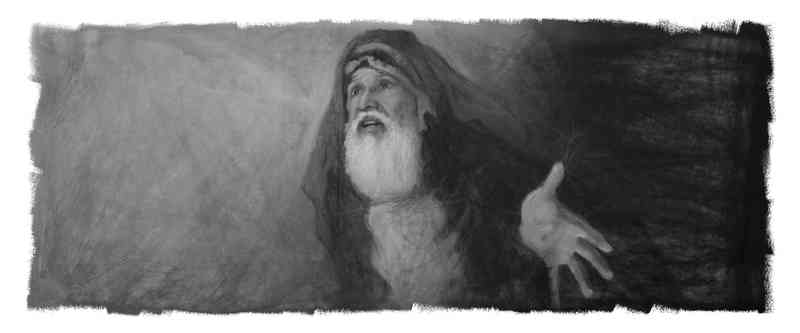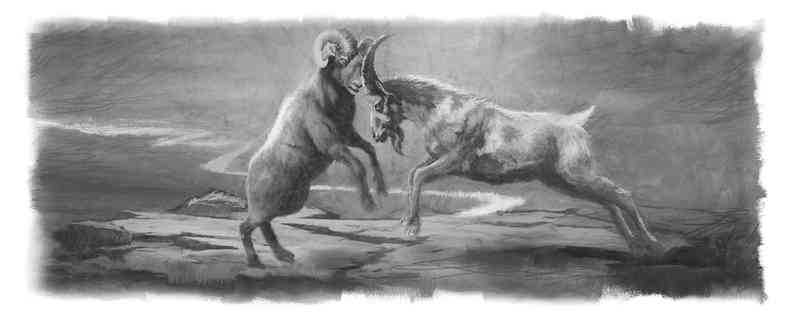Lição 10, 29 de Fevereiro a 06 de Março
Sábado à tarde
VERSO ÁUREO: “Ó Senhor, ouve; ó Senhor, perdoa; ó Senhor, atende-nos e age; não Te retardes, por amor de Ti mesmo, ó Deus meu; porque a Tua cidade e o Teu povo são chamados pelo Teu nome.” Daniel 9:19
LEITURAS DA SEMANA: Daniel 9; Jeremias 25:11, 12; 29:10; 2 Reis 19:15-19; Mateus 5:16; Tiago 5:16
O capítulo 9 de Daniel contém uma das grandiosas orações da Bíblia. Em momentos cruciais da sua vida, o profeta recorreu à oração para enfrentar os desafios que estavam diante dele. Quando ele e os seus colegas estavam prestes a ser mortos por causa do misterioso sonho de um rei pagão, o profeta aproximou-se de Deus em oração (Daniel 2). E quando um decreto real proibiu petições a qualquer deus, exceto ao rei, Daniel continuou a fazer as suas orações diárias em direção a Jerusalém (Daniel 6). Portanto, ao considerarmos a oração em Daniel 9, lembremo-nos de que a visão das 2.300 tardes e manhãs em Daniel 8 tinha impactado grandemente o profeta. Embora os contornos gerais desta profecia tivessem sido explicados, Daniel não conseguiu compreender o período de tempo comunicado no diálogo entre os dois seres celestiais: “Até duas mil e trezentas tardes e manhãs; e o santuário será purificado” (Daniel 8:14). Apenas no capítulo 9 o profeta recebeu mais luz, e desta vez, também, em resposta à oração fervorosa.

















